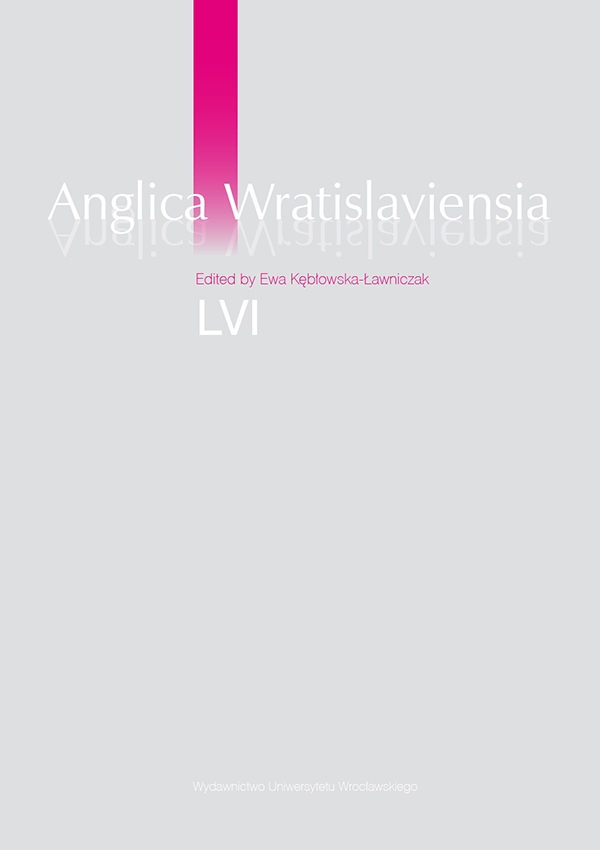

Literature and Culture

A case study of the wedding scene in William Shakespeare’s Romeo + Juliet directed by Baz Luhrmann 1996, this article is a hermeneutic exploration of the truth pursuits within the subtext from the empirical perspective of a practicing director and a semiotician, in accordance with the principles of the Method acting technique. The author proposes a new, space-negotiated definition of subtext as a separate cognitive unit, based on the multilayered interdependences within the directorial semiotic triad of word–emotional action–mise-en-scène. In a minute shot-by-shot analysis, the author examines the hermeneutic collocations in-between the elements of the triad, and demonstrates the ways cognitive spaces become subtextual statements within each shot, as well as how the internal subtexts shape the metasubtext of each shot in order to arrive at the megasubtext of the scene — and subsequently the total subtext of the entire story in a cultural text. Aspects of the evolution of the subtext representations are analyzed within the triad of word–emotional action–mise-en-scène, against the backdrop of the epistemological pursuits of the truth. How do we reach the truth in a cultural text? What components of the film language rule the expression of the truth in a cultural text?